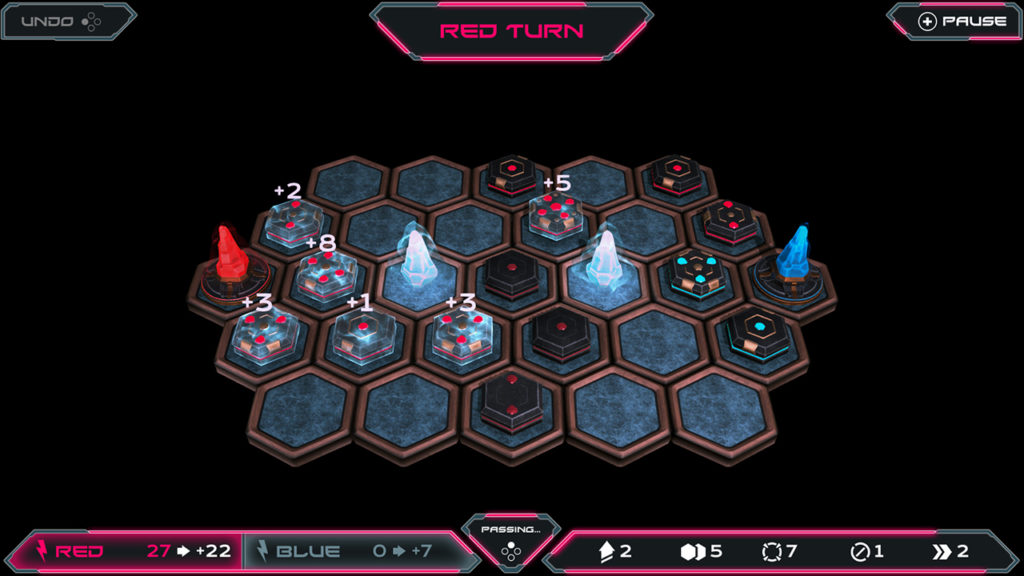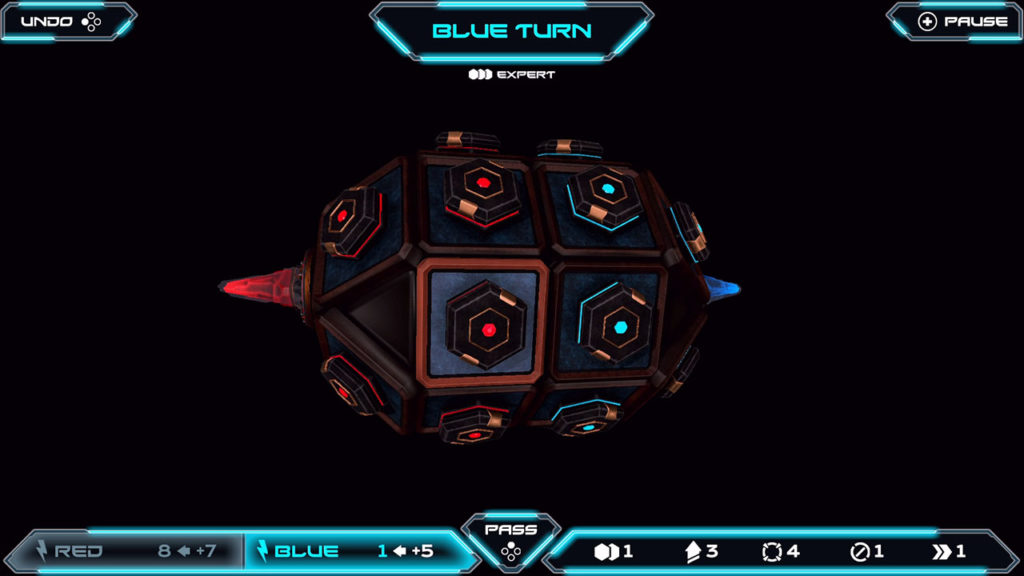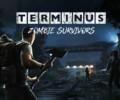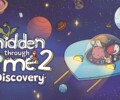
Developer: Drageus Games
Publisher: Drageus Games
Platform: Nintendo Switch
Tested on: Nintendo Switch
Tactical Mind 2 – Review
Chess and checkers are quite famous board games where you use strategy to beat your opponent. Guessing the strategy of your opponent and counteracting it, can cause you a victory. Many games take the concept of chess and turn it into something unique and Tactical Mind is one of those games. Recently the sequel for Tactical Mind was released and even though the same mechanics are still in place, it got a nice upgrade. The developers from Tactical Mind gave a unique sci-fi swing to chess with different mechanics but still the need for winning strategies. Tactical Mind 2 was developed and published by Drageus Games and we got a chance to test the game (and our brainpower).
Story
There is no story present in Tactical Mind 2 as it is similar to board games like chess where you use your brain to outsmart your opponent. You can just jump straight into the game after finishing the tutorial. Tactical Mind 2 does not need a story since the gameplay is its strong point.
Graphics
Tactical Mind 2 has futuristic-looking graphics. The sequel of Tactical Mind for sure has gotten a graphical upgrade since the first game in 2017. Tactical Mind 2 leans more towards a futuristic industry look than the full sci-fi look of the first game. The graphics of the game stay the same for all levels, similar to how your chess set wouldn’t suddenly change look either. You will always play as either blue or red, there aren’t any other colors that you could choose from. Although, since you can only play with two players, more colors aren’t necessary. Each person has one or more crystals and pawns. The pawns look a little bit like robot vacuums.
There isn’t a lot of flashiness in Tactical Mind 2, besides dealing the winning blow to an opponent’s crystal then. Even though the blue and red colors used are quite neon and bright, it gets balanced out by the board and background being rather dark. The more metallic colors of the board and pawns look great with the two glowing colors. Even though none of the colors change, the board does change. You get to play on a regular rectangle-shaped board or even on a cylinder-shaped board.
Sound
The music in Tactical Mind 2 is typical background music with a slight beat. It isn’t too powerful to be annoying, which is important in a game that uses your tactical thinking. Sound effects in Tactical Mind 2 are, like the graphics, futuristic. They sound like something that could come from a futuristic space movie. There are sound effects for every move in the game but there isn’t a sound to announce your turn. The only sounds that come close are the charges from the crystals at the end of a turn.
Gameplay
Tactical Mind 2 is a strategy board game that is similar to chess and checkers. You start the game with a tutorial that explains the basics. In the tutorial, you also get a few hints on tactical approaches. After you finish the tutorial you can start playing the campaign where you have 180 levels that you can play in beginner, regular or expert difficulty. If you feel like switching it up or are stuck on a level, you can play single-player mode or Hotseats. In single-player mode, you can choose the map yourself as well as the starting layout. Hotseats is Tactical Mind 2’s multiplayer which you can play in front of the tv or on the go in tabletop mode.
You can play as either blue or red. Red always goes first but in compensation, blue gets more “energy”. To do anything, besides skipping your turn, you need energy and this energy is given by your crystals. When an active pawn is next to a crystal of your color it will collect energy. Besides crystals of your color, there are also neutral crystals that give each party energy if there is an active pawn next to them. Pawns can do several actions, each costing a certain amount of energy. The cost of an action is shared, so the cost of an action is the same for everyone. Every time you do an action, the cost of energy for that action goes up and your pawn gets deactivated for that round.
One of the actions you can do is make a pawn summon a friend in its surrounding area. This is one of the most common moves that you will do. You can also attack and disable other pawns as well as upgrade your own pawns. A pawn can be upgraded till level five, after which they can do two moves before being inactive. For each level a pawn has, they collect more energy and have more “hit points”. A level two pawn, for example, must get hit twice before it is destroyed. From level one to four, pawns will go a level lower when hit but level five pawns just lose a life and don’t lose a level. This causes you to have to either have a level five pawn to destroy the other pawn immediately or having to hit the pawn five times. The energy collected will also stay high even though your pawn has lost a point.
As mentioned above, a higher or equal leveled pawn can destroy a lower or equal leveled pawn immediately. Pawns that have lost a level can be upgraded again but level five pawns cannot be fixed after being hit. One advantage you also get with pawns at level five, is that they can move and attack, as they get two actions. This makes it so there are even more strategies you can try in the game with the high-level pawns. The layout of the board is also very important in strategy, as with some boards your opponent can easily get to you in two steps. Since you can do multiple steps in a turn, if you have energy and active pawns, it can be quite dangerous. Leaving your crystal unprotected isn’t wise, unless you think you can be faster than your opponent. Energy is often the breaking point, since no matter how intricate your strategy may be, if you don’t have enough energy to pull it off, you’re nowhere.
Not to forget is that actions cost the same for every player. This means, if you do an action multiple times, you also make it more expensive for your opponent, which might benefit you. However, your opponent can do the same making it so you might have to adjust your strategy every turn. Tactical Mind 2 certainly asks a lot from your brain, so unless you’re knowledgeable about chess or checkers, starting on a lower level is recommended. This way you can get the hang of the game and learn some helpful strategies first.
Conclusion
Tactical Mind 2 is a really fun game that powers your brain by making you use strategies. The look of the game isn’t too flashy which helps not to distract you from the gameplay. There are 180 levels with different difficulties plus a multiplayer mode, so there is enough gameplay to keep you satisfied for a while. Tactical Mind 2 is the perfect game to pick up at any time and challenge yourself with a level. Since the game is on the Switch, it can also be used to cure boredom on the go.
Tactical Mind 2 - Review,










No Comments